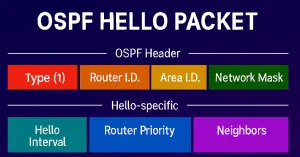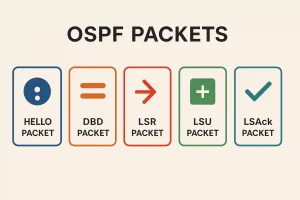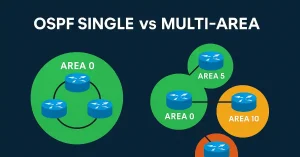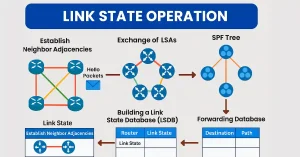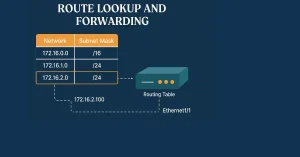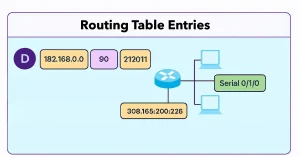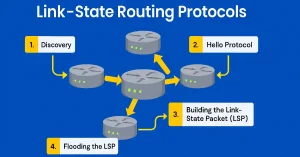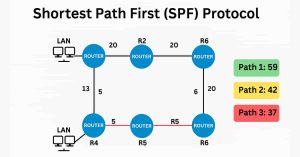Master OSPF Hello Packets: Essential Guide for Cisco Certification (Updated 2025)
OSPF Hello packets (Type 1) are sent periodically on all interfaces, including virtual links, to establish and maintain neighbor adjacencies. Multicast to 224.0.0.5 (AllSPFRouters), these packets enable dynamic discovery of neighboring routers. They advertise parameters for adjacency and elect Designated Routers (DR) and Backup Designated Routers (BDR) on multi-access networks. Point-to-point links skip DR/BDR election. […]

